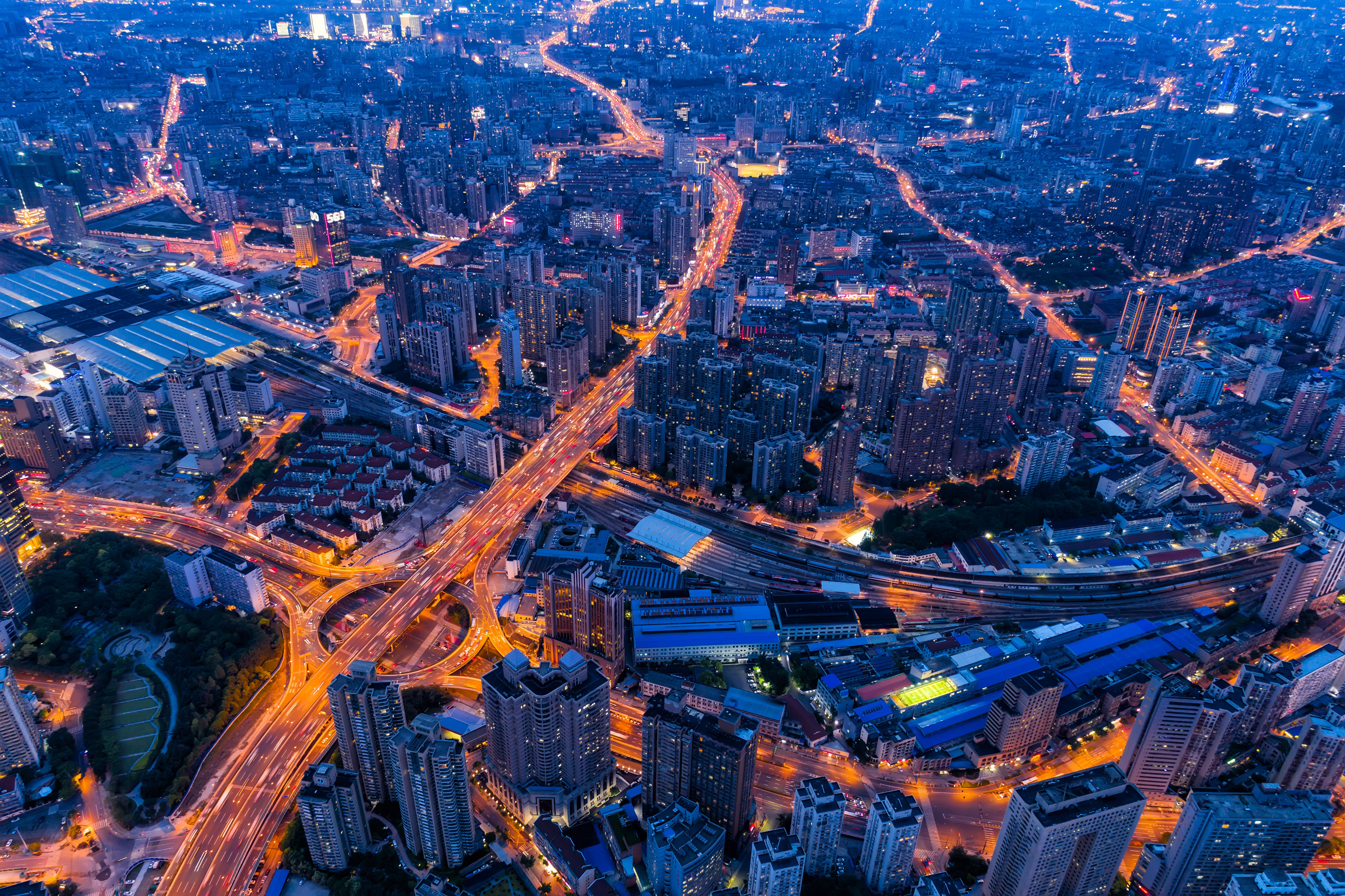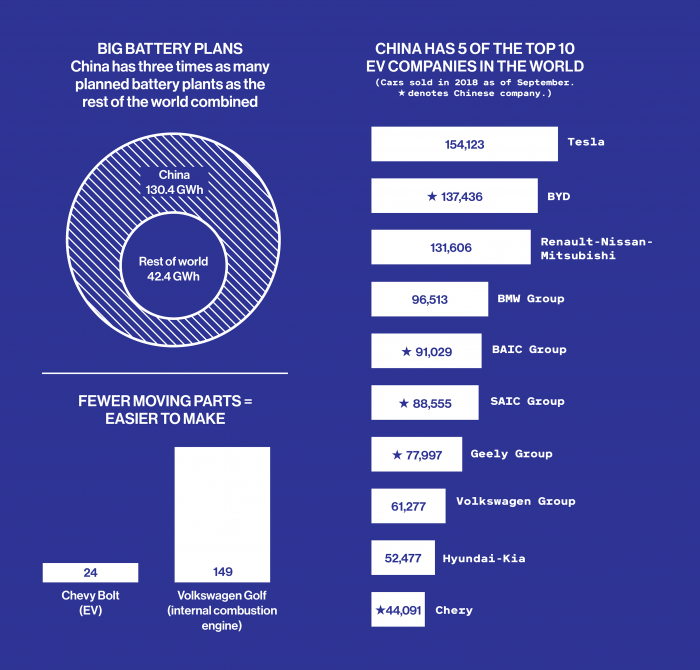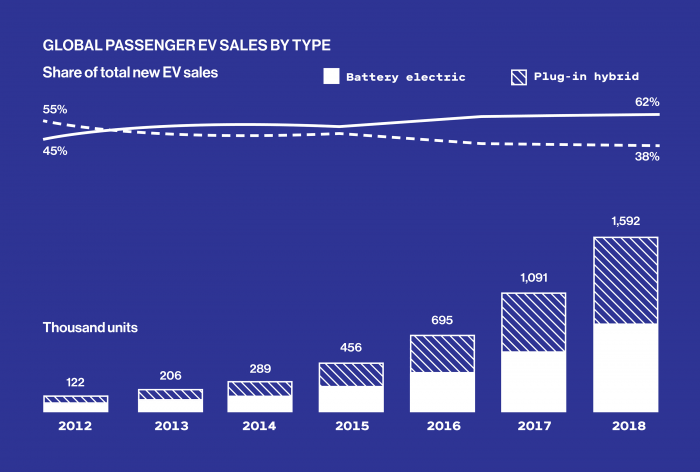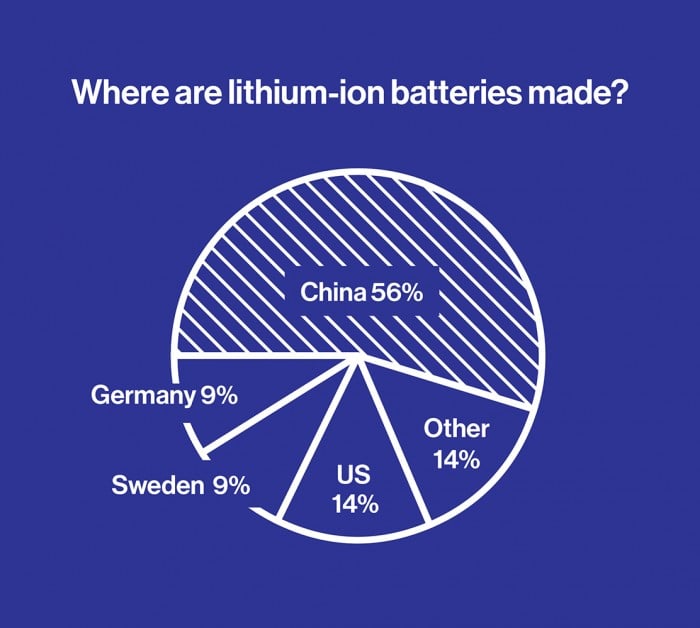Why China’s electric-car industry is leaving Detroit, Japan, and Germany in the dust

After the Cultural Revolution of the 1960s and ’70s crippled China’s economy, the country began to open its markets to the outside world. The aim was to bring in technological know-how from abroad that domestic firms could then assimilate. By the early ’80s, foreign automakers were allowed in on the condition that they form a joint venture with a Chinese partner. These Chinese firms, by working with foreign companies, would eventually gain enough knowledge to function independently.

Or so the theory went. Chinese-produced cars subsequently flooded the market, but they were largely cheap copycats—they looked like foreign-made cars, but the engines weren’t as good. Carmakers in the US and Europe had too much of a head start for China to catch up.
The only way to outdo the rest of the world, then, was to bet on a whole new technology. Enter electric vehicles, which require less mechanical complexity and rely more on electronic prowess. A Chevrolet Bolt’s electric engine contains just 24 moving segments, according to a teardown performed by consulting company UBS. In comparison, a Volkswagen Golf’s combustion engine has 149. Meanwhile, China already had an electronic manufacturing supply chain in place from its years of producing the world’s batteries, phones, and gadgets.
Now the Chinese government is embracing the shift from combustion to electric engines in a way no other country can match. It’s made electric vehicles one of the 10 pillars of Made in China 2025—a state-led plan for the country to become a global leader in high-tech industries—and enacted policies to generate demand. Since 2013, almost 500 electric-vehicle companies have launched in China to meet the government’s mandate and to cash in on subsidies designed to generate supply.

For consumers, the government promised one of the most difficult things to obtain in China’s metropolises: a license plate. To combat pollution, the number of license plates issued each year is strictly limited. Beijing awards them through a lottery, but the chance of getting one in any given year is now 0.2%. Shanghai sells them at an auction with prices of over $14,000, more than the price of many domestically produced cars. Electric-vehicle plates are not only faster to get; they’re free.

“The world needs a different way of powering the economy,” says Bill Russo, CEO of the Shanghai consultancy firm Automobility. “China recognizes it can’t be dependent on fossil fuels—it will choke on its own fumes.”
China’s breakneck speed has changed the strategies of traditional auto manufacturers. Many are now basing their global strategy for electrification on China’s industrial policy, but the momentum behind China’s companies is hard to match—and that’s a threat to the bottom line for Ford, General Motors, and European carmakers.
Related
A short drive across the Pacific
“The industry has always been dominated by Japan, the Europeans, and the US,” says Jonas Nahm, an assistant professor of energy, resources, and environment at the Johns Hopkins School of Advanced International Studies. “The center of gravity is shifting very rapidly. I don’t think anyone has figured out a good response to it yet.”
Jordyn Dahl, a freelance writer based in San Francisco, lived in Beijing from 2013 to 2018.
Deep Dive
Climate change and energy
The problem with plug-in hybrids? Their drivers.
Plug-in hybrids are often sold as a transition to EVs, but new data from Europe shows we’re still underestimating the emissions they produce.
Harvard has halted its long-planned atmospheric geoengineering experiment
The decision follows years of controversy and the departure of one of the program’s key researchers.
Why hydrogen is losing the race to power cleaner cars
Batteries are dominating zero-emissions vehicles, and the fuel has better uses elsewhere.
Decarbonizing production of energy is a quick win
Clean technologies, including carbon management platforms, enable the global energy industry to play a crucial role in the transition to net zero.
Stay connected
Get the latest updates from
MIT Technology Review
Discover special offers, top stories, upcoming events, and more.